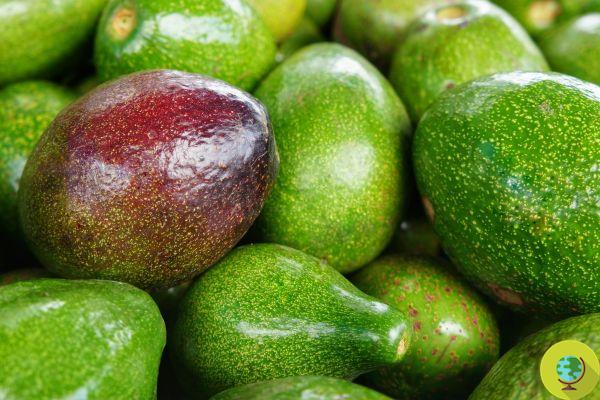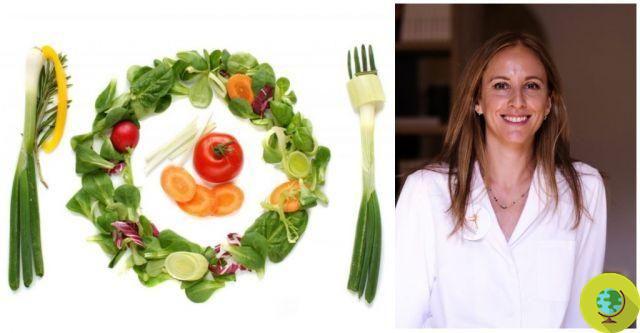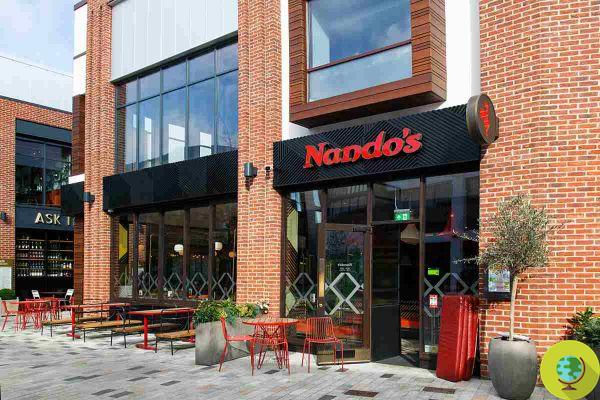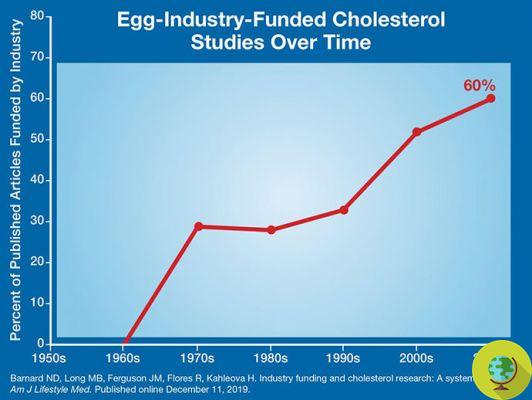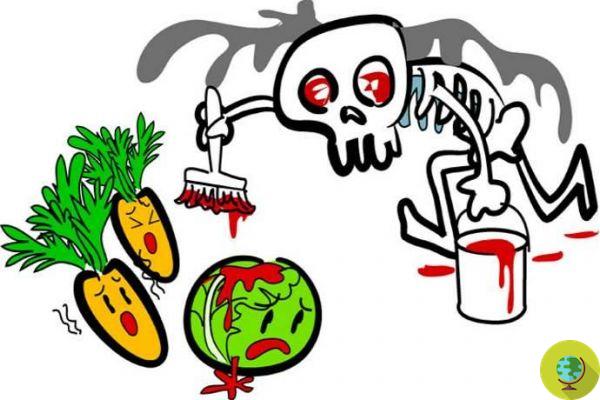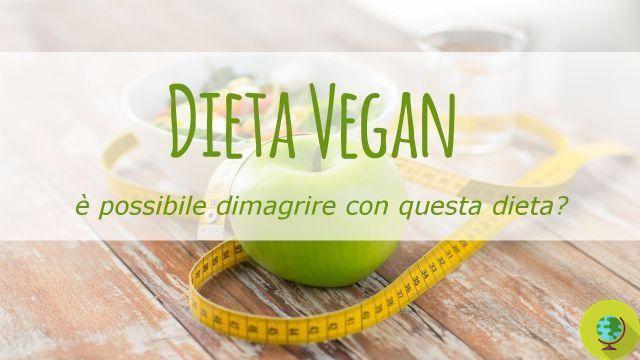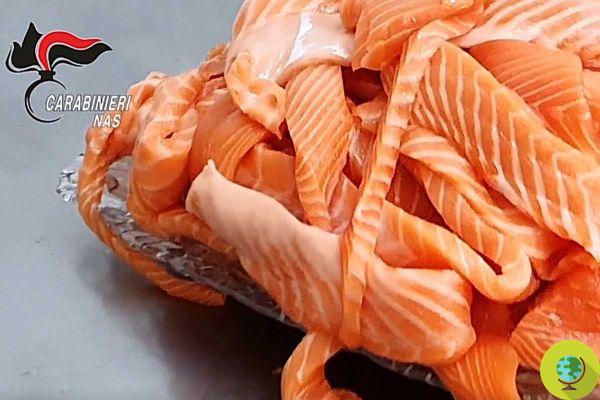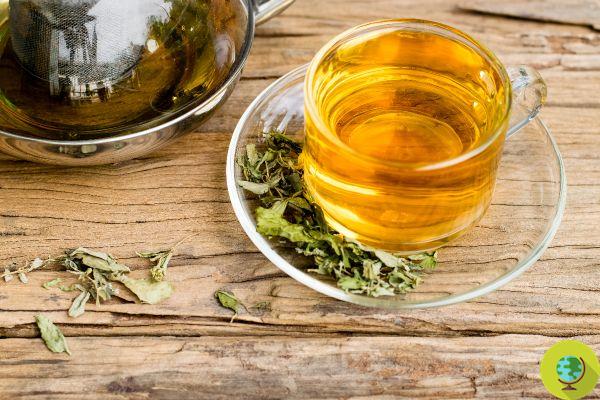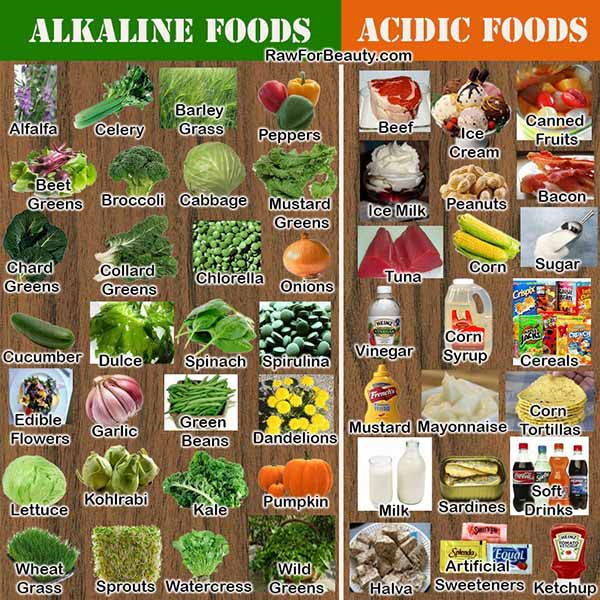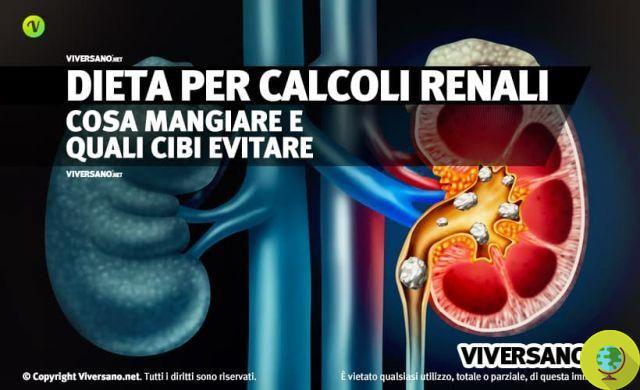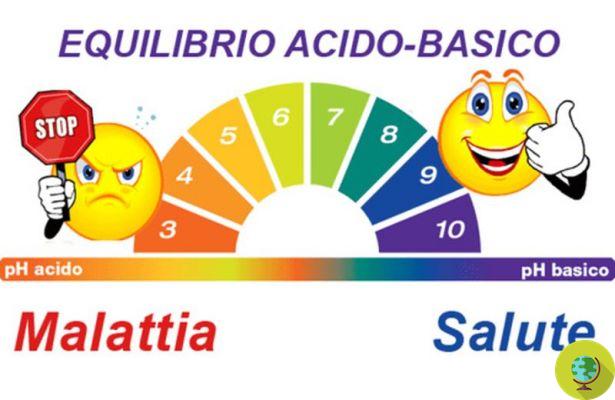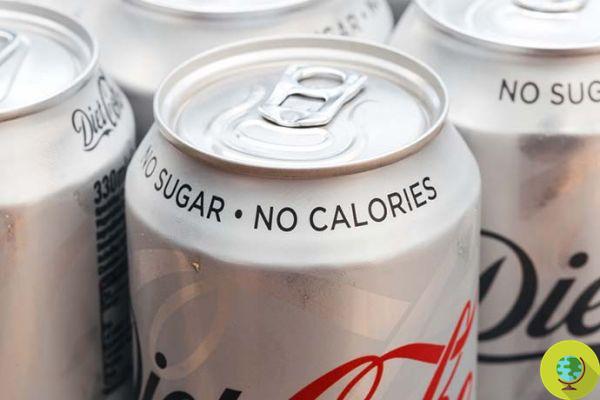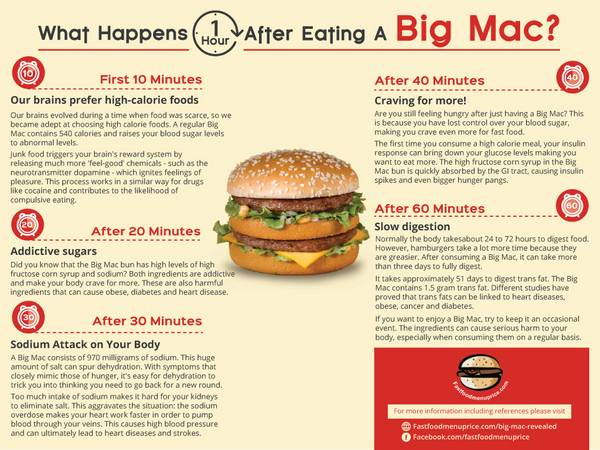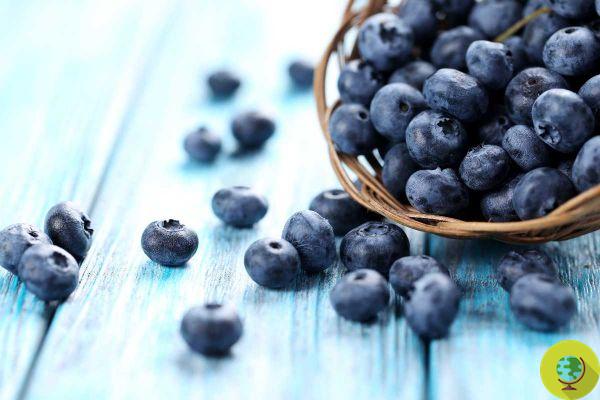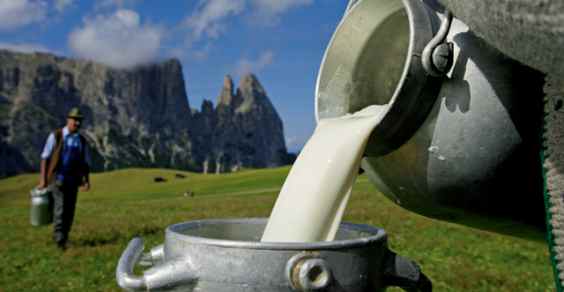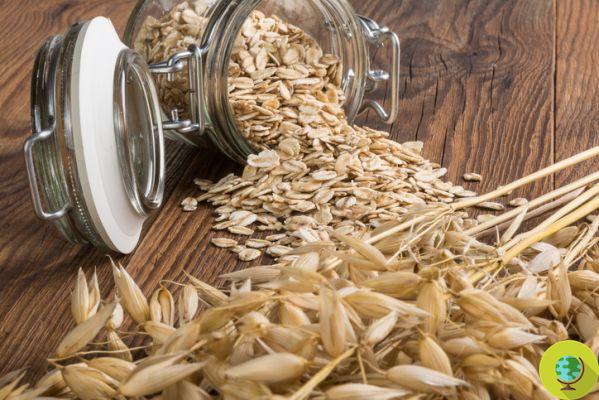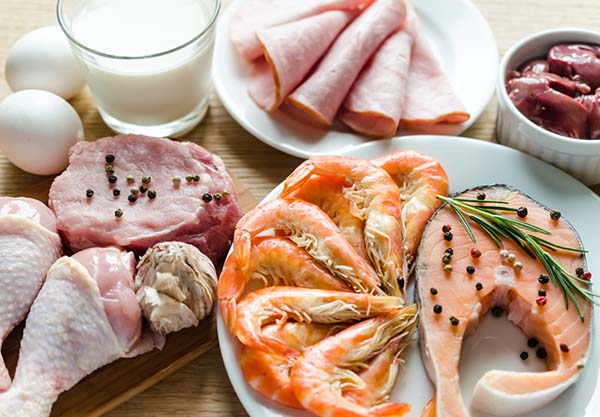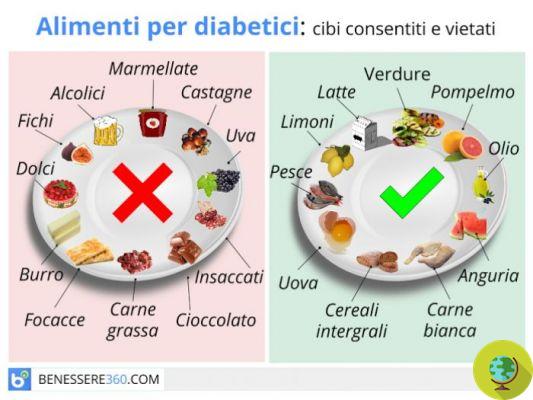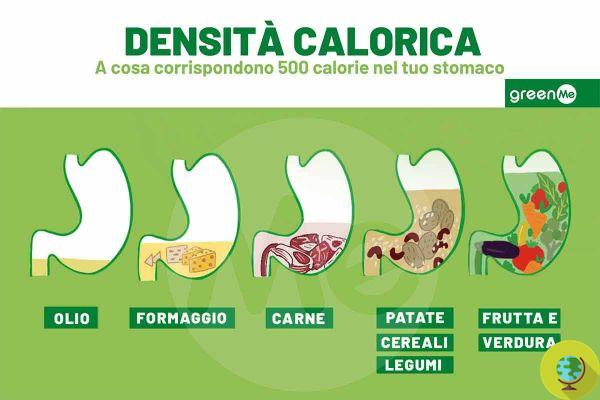
To lose weight without too many sacrifices, it is important to know the caloric density of different foods: let's find out everything there is to know
Don't store avocado like this: it's dangerous
Have you ever heard of caloric density or energy density? This is the amount of calories in a food per unit of weight. Usually indicated as kcal per 100 g or per gram. What is the use of knowing it? To take in fewer calories and to promote weight loss without too much effort.
To clarify the concept, consider that a hectogram of biscuits has an average caloric density of 400 kcal, while a hectogram of tomatoes has a caloric density of about 20 kcal. So although the weight is the same, the calories vary greatly.
In fact, foods with a high calorie density, for the same weight, contain many more calories than foods with a low calorie density. Which tend to be less fat and richer in water and fiber. Not to mention that, compared to foods with a high calorie density, they tend to satiate more quickly, reducing the sense of hunger, since they fill the stomach more.
So by eating more low calorie foods, we can effortlessly reduce calorie intake. Which then is the principle of the so-called volumetric diet: in fact, it aims to ensure that the stomach, by ingesting large quantities of low-calorie foods with a large volume and satiating power, can first reach the sensation of fullness.
But be careful not to consider foods with a high calorie density necessarily as unhealthy, this depends on the type of food. Therefore they should not be totally excluded, but consumed less frequently and in reduced quantities.
Low and high calorie density foods: what they are
When can we talk about the low caloric density of a food?
- Caloric density below 0.6 calories / g is very low. This is the case, for example, with non-starchy fruits and vegetables.
- Caloric density is low within 1,5 kcal / g, as in the case of starchy fruits and vegetables, whole grains, legumes, lean meat, fish.
- Between 1,5 and 4 kcal / g the caloric density is medium, this is the case of lean meat and wholemeal bread, cheeses and ice cream.
- While foods with more than 4 kcal / g have a high calorie density: this is the case, for example, of white bread, chocolate, dried fruit, snacks.
Read also:
- Volumetric diet: how it works, weekly schedule, what to eat and contraindications
- Low-carb, sugar-free diets: You should never stop eating fruit, according to the nutritionist




